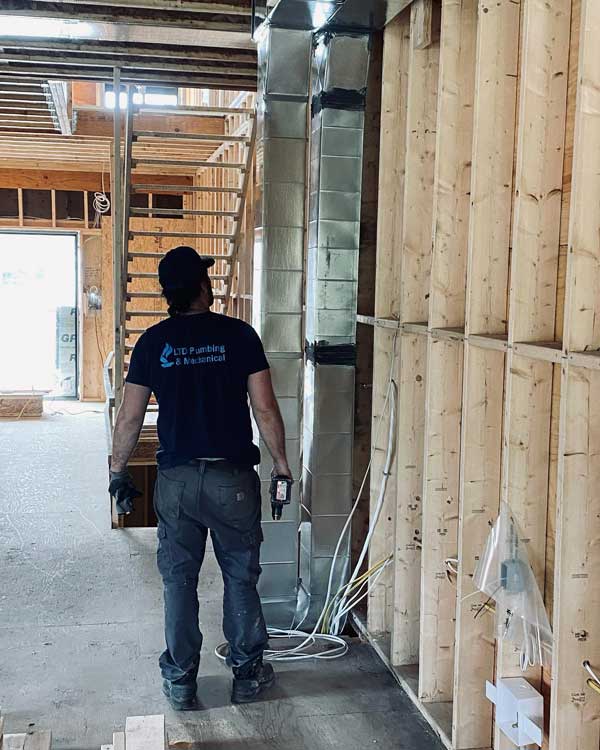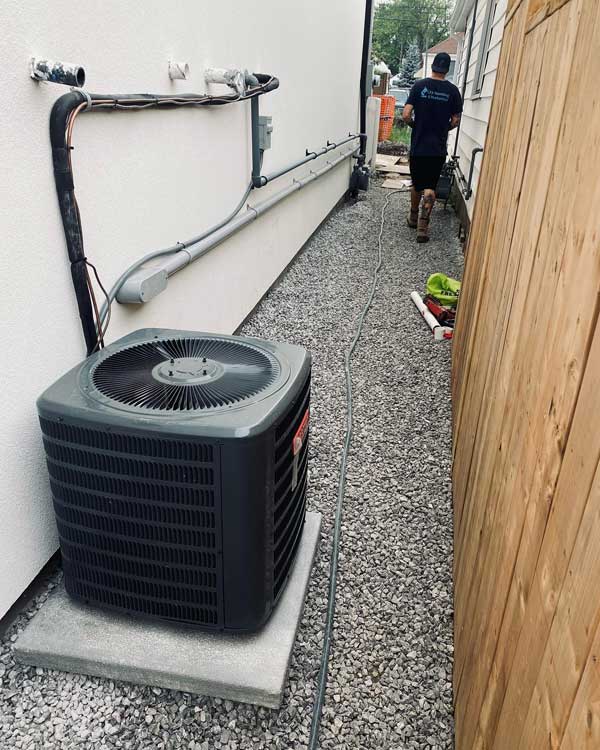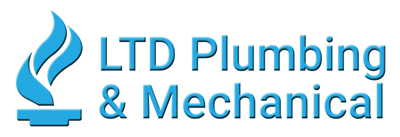HVAC Installation
Heating, Ventilation, and Air Conditioning (HVAC) systems are integral to maintaining a comfortable and healthy indoor environment. Whether you are constructing a new home, upgrading your current system, or replacing an outdated unit, understanding the intricacies of HVAC installation is crucial.
Planning Your HVAC Installation
Proper planning is the first step to a successful HVAC installation. Here’s what you need to consider:
- Assessing Your Needs: Determine the specific heating and cooling requirements of your space. This includes considering the size of your home, climate, and any special needs such as allergy concerns or energy efficiency goals.
- Budgeting: Establish a budget that covers the cost of the unit, installation, and potential additional expenses like ductwork modifications or electrical upgrades.
- Energy Efficiency: Look for systems with high energy efficiency ratings. Investing in an energy-efficient HVAC system can reduce long-term utility costs and is better for the environment.
- Type of System: Decide whether you need a central air system, ductless mini-split system, heat pump, or another type of HVAC unit. Each system has its own advantages and is suited for different scenarios.

Selecting the Right HVAC System
Choosing the right HVAC system is crucial for efficiency and comfort. Here are some common types of systems:
- Central Air Conditioning and Heating: These systems use ductwork to distribute conditioned air throughout your home. They are ideal for maintaining consistent temperatures in larger homes.
- Ductless Mini-Split Systems: These are perfect for homes without existing ductwork. They allow for zoned heating and cooling, providing flexibility and energy savings.
- Heat Pumps: Heat pumps can both heat and cool your home. They are highly efficient and particularly effective in moderate climates.
- Furnaces: Typically powered by gas, oil, or electricity, furnaces are a common heating option. They are often paired with central air conditioning systems.
- Geothermal Systems: These systems use the stable temperature of the ground to provide heating and cooling. They are highly efficient but come with a higher initial cost.
The Installation Process
The HVAC installation process involves several key steps, each requiring careful attention to detail:
- Assessment and Load Calculation: A professional HVAC contractor will assess your home and perform a load calculation to determine the appropriate size and capacity of the HVAC system needed.
- System Design: The contractor will design the system layout, including the placement of units, ductwork, vents, and controls. Proper design is crucial for efficient operation and comfort.
- Ductwork Installation or Modification:If your home has existing ductwork, you may need to modify or repair it. Properly seal and insulate new ductwork installations to prevent energy loss.
- Installing the Indoor and Outdoor Units: Install the indoor unit (such as a furnace or air handler) and the outdoor unit (such as an air conditioner or heat pump).. This step involves mounting the units, connecting refrigerant lines, and wiring.
- Thermostat Installation and Setup: A new thermostat, often a programmable or smart model, will be installed and connected to the HVAC system to allow precise temperature control.
- System Testing: Once everything is installed, the contractor will test the system to ensure it operates correctly. This includes checking for leaks, verifying airflow, and ensuring proper refrigerant levels.
- Final Inspection: A thorough inspection ensures that the installation meets all local building codes and manufacturer specifications. This step is essential for safety and warranty purposes.
Hiring a Professional HVAC Contractor
While experienced DIY enthusiasts can tackle some aspects of HVAC installation, we generally recommend hiring a professional contractor. Here’s why:
- Expertise and Experience: Professional HVAC contractors have the training and experience to handle complex installations and address potential issues effectively.
- Code Compliance: Licensed contractors are familiar with local building codes and regulations, ensuring your installation meets all required standards.
- Safety: Proper installation is critical to prevent hazards such as carbon monoxide leaks, electrical issues, and inefficient operation.
- Warranty and Insurance: Reputable contractors offer warranties on their work and carry insurance, providing peace of mind and protection against potential problems.


Ensuring Proper Maintenance
After installing your HVAC system, regularly maintain it to ensure longevity and efficiency.Here are some maintenance tips:
- Regular Inspections: Schedule annual inspections with a professional to check for potential issues and perform routine maintenance tasks.
- Filter Replacement: Replace or clean air filters every 1-3 months to ensure proper airflow and efficiency.
- Clean Ductwork: Periodically clean your ductwork to prevent dust buildup and improve air quality.
- Monitor Thermostat Settings: Use programmable or smart thermostats to optimize temperature settings and save energy.
- Check Refrigerant Levels: Maintain refrigerant levels to prevent system inefficiency and potential damage.
Conclusion
Installing a new HVAC system is a significant investment that requires careful planning, the right system selection, professional installation, and regular maintenance. By understanding the process and working with experienced professionals, you can ensure a comfortable, energy-efficient, and reliable HVAC system for your home. For expert assistance with your HVAC installation project, contact us today. Our licensed HVAC professionals dedicate themselves to delivering top-quality workmanship and exceptional service.

